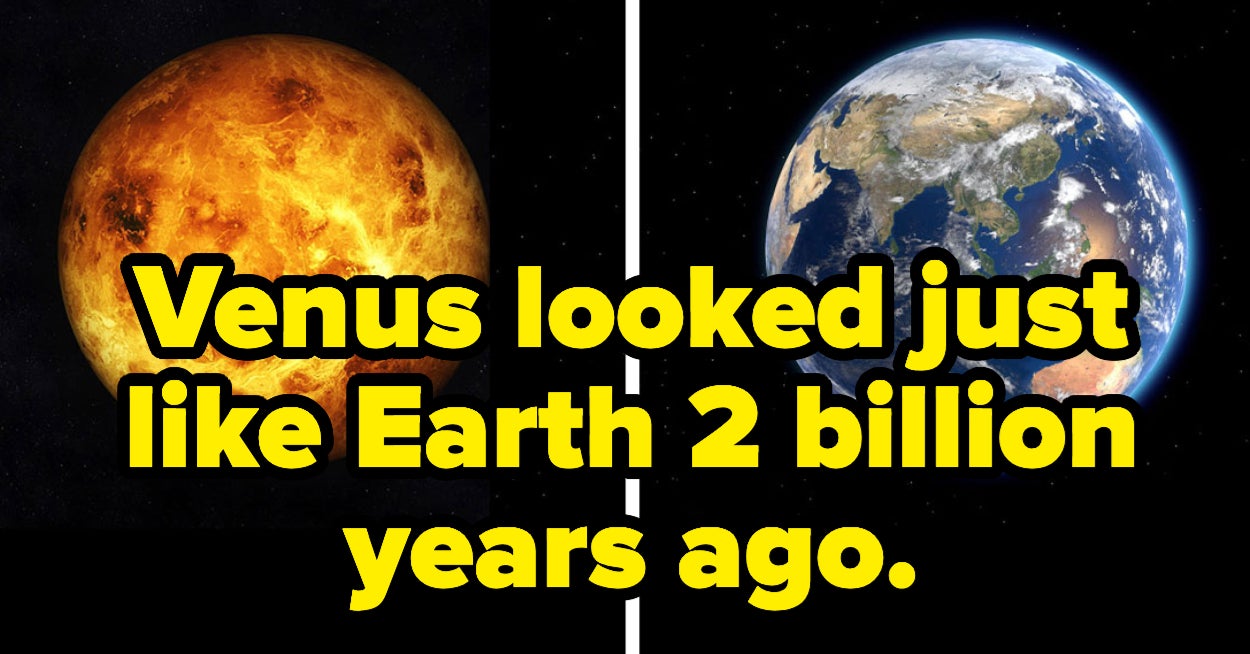
The biggest star known to man is 1,700 times larger than the sun!
1. If you put your finger over a star in the sky, you are preventing photons that have travelled to Earth undisturbed for millions of years from finally entering your eye.
Photons are a basic unit of light. They are made in the centre of a star and will travel for millions of years before they reach Earth. When you block out a star in the sky with your finger, you are really blocking million year old photons from entering your retina.
2. Do you know where the coldest place in the known universe is? How about the hottest? Well, they’re both right here on Earth!
Well, they were. The coldest recorded temperature in the universe was created here in a lab on Earth (-273 degrees celsius, or absolute zero), and the Large Hadron Collider has also managed to create the hottest recorded temperature since the universe began with the Big Bang (5.5 trillion degrees kelvin).
4. And in around 4.5 billion years, the Milky Way is expected to collide with the Andromeda galaxy, our closest galactic neighbour, to form a giant elliptical galaxy.
6. And our big ol’ red neighbour, Jupiter, is twice as big as all of the other planets in our solar system combined!
Just one section of the planet’s surface – a gigantic, 150 year old storm called the “Great Red Spot” – is itself twice the size of Earth!
7. There is a planet in our galaxy where the temperature during the day can reach over 1,000 degrees celsius and it possibly rains molten glass horizontally at around 4,500 mph!
The planet, known as HD 189733b, was spotted using NASA’s Hubble Space Telescope and is a cobalt blue colour.
8. Scientists think they have found a parallel universe in a void measuring one billion light years across.
It’s a pretty controversial hypothesis, but the void – which is empty of all matter – may be evidence of a multiverse. Discovered in 2007, it is 40 times bigger than the largest previously recorded void.
9. So we know that light takes a long time to travel through space, right? Well, there are actually some parts of the universe we can’t see because the light from there hasn’t reached us yet.
The universe is so extraordinarily vast that light from these galaxies, which were formed during THE BIG BANG, still hasn’t gotten to us!
10. Although, soon the James Webb Space Telescope will allow us to explore galaxies that were formed at the very beginning of the universe, and observe stars forming planetary systems.
Ummmm WHAT!?
12. Did you know that there are an estimated 500,000 pieces of space debris floating above the Earth and moving around at speeds of up to 17,500 mph?
Space debris is basically anything we have carelessly left to float around in space – bits of rocket, dead satellites, what have you.
It’s mostly larger satellites that have survived the fiery reentry process and, truth be told, they more often than not land in the ocean (ugh) or in some remote area. There is a whole team of researchers dedicated to tracking space debris and monitoring its risk of colliding with Earth – as far as we know, no one has died by being struck by a bit of old satellite!
14. But here’s the thing, there is such a phenomenon as The Kessler Effect, in which a single destructive event in Earth’s low orbit could cause all satellites to break up into smaller and smaller fragments until the planet is surrounded by a massive cloud of shrapnel.
This would make ever having to leave Earth almost impossible.
15. There’s a rogue supermassive black hole speeding through space at around five million miles per hour.
Usually, every galaxy contains a black hole, but this one has been kicked out of its home galaxy, 3C 186. This is probably the result of two galaxies colliding, which may have united both black holes. Astronomers predict that in 20 million years, it will break out of its galaxy and roam the universe forever.
The probe was launched back in 1977 in order to study Jupiter and Saturn and is now on its second mission out of the solar system. It will now drift through interstellar space forever. The Earth will probably be vaporised by the sun in a few billion years, meanwhile Voyager 1 will probably still be moving through space.
Venus today is a living hell. It has a suffocating carbon dioxide atmosphere and there is almost no water vapour; temperatures there reach 462 degrees celsius! But climate modelling has suggested that ancient Venus may have had oceans and a dry land pattern just like ours. Various factors – including the water to land ratio, and the idea that clouds potentially shielded Venus from strong sunlight – suggest that the planet may once have been habitable.
This is known as “cold welding”, and it occurs because the atoms of both individual bits do not know that they belong to different pieces of metal, so they join together. This doesn’t happen on Earth because there is always air or water separating the pieces.
These rogue planets do not orbit a star, and so it’s pretty hard to glimpse them – in fact we don’t actually know if there are any nearby at all. Statistically speaking, however, they are not close enough to be a concern and really we’re a pretty small target given the size of the solar system.
According to Neil deGrasse Tyson, Dark Matter is the longest-standing unsolved mystery in modern astrophysics. Indeed, it might not even be matter! Basically, the amount of gravity in the universe doesn’t quite equal the amount of observable mass – the planets, the stars, the galaxies, the comets, the black holes, and the dark clouds. So scientists propose there is a large measure of unobservable or “dark” mass in the universe, which is the source of all that gravity.
This idea is based on a complicated theory known as vacuum decay – basically a self-destruct button for the universe! It’s only speculative at this point, but it comes down to whether the universe is in a true or a false vacuum – a true vacuum is stable, but a false vaccum isn’t. If a random quantum fluctuation allowed a false vaccum to release its potential energy, it would create a bubble of true vacuum that would expand at the speed of light and delete every single thing it touched. Destruction would be instant and depending on where it happened in the universe, we might never see it coming. Remember, this one is just a theory!
22. And lastly, this isn’t a fact per se, but have you considered the possibility that we’ve already sent a message to an alien race in the distant past and it’s still making its way to them?
Space is huge, we’ve established that by now, and there’s every chance we’ve already sent a message into space thousands of years ago and forgotten about it (think about how societies change over time). We could either still be waiting for that message to arrive, OR waiting on a reply to travel back to us. In that sense, we would just be constantly introducing ourselves over and over again to whoever else might be out there…
BuzzFeed Daily
Keep up with the latest daily buzz with the BuzzFeed Daily newsletter!





